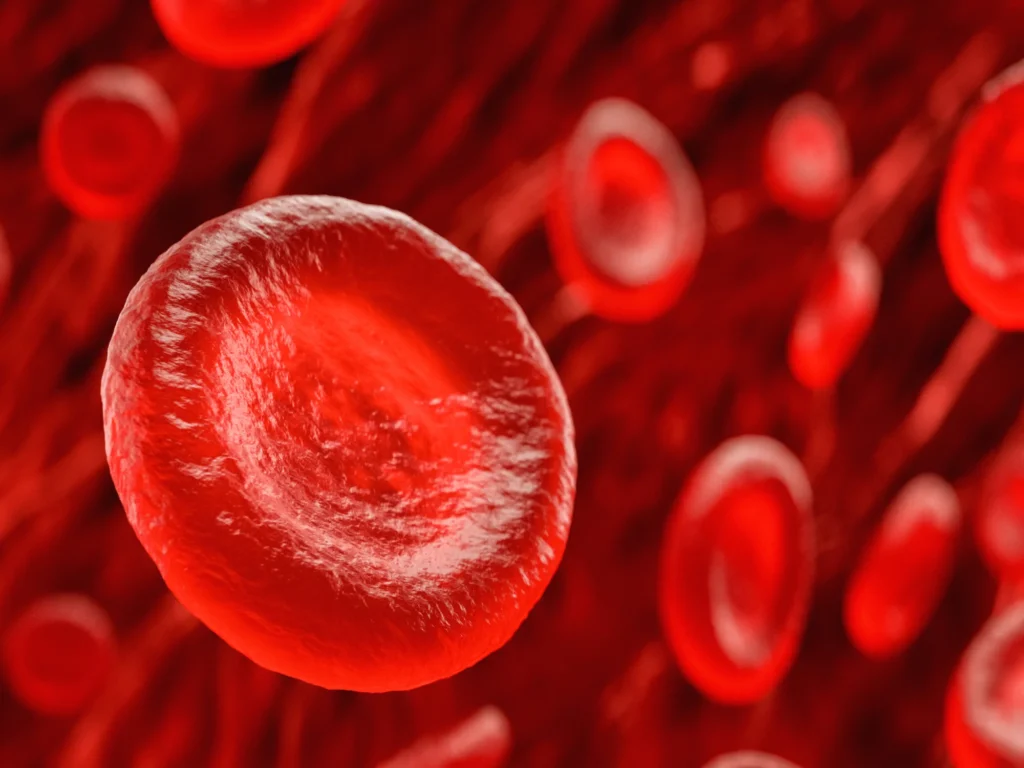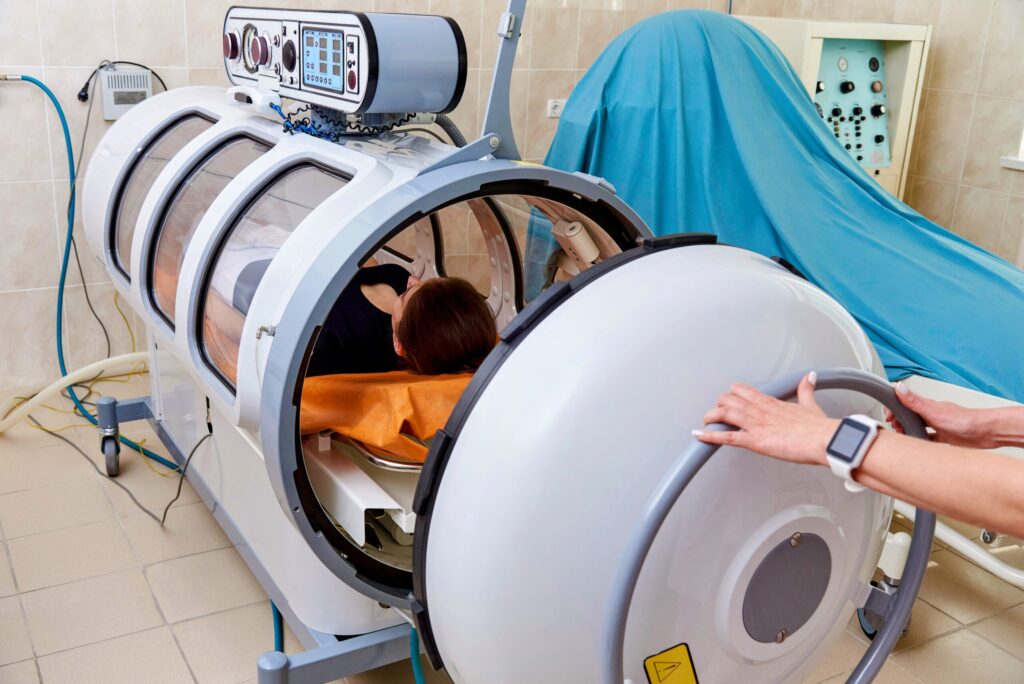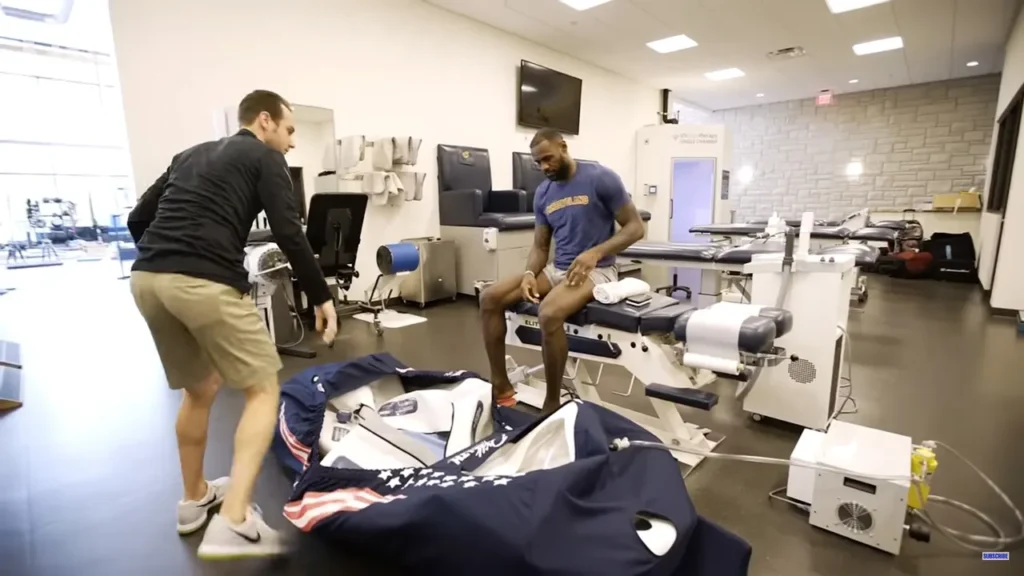Hyperbaric Oxygen Therapy (HBOT) is an innovative treatment gaining momentum in the medical community. It involves breathing pure oxygen in a pressurized chamber. This therapy has roots in treating decompression sickness among divers, but its potential extends far beyond. HBOT’s rise in popularity is due to its effectiveness in various medical conditions, including accelerating muscle recovery, a critical aspect for athletes and individuals recovering from injuries.
The Science Behind Muscle Recovery
Muscles need oxygen to heal and recover. When you exercise, muscles experience micro-tears and inflammation. Oxygen plays a crucial role in repairing these tears and reducing inflammation. Hyperbaric Oxygen Therapy (HBOT) amplifies this natural process. In a hyperbaric environment, the body can absorb significantly more oxygen than under normal atmospheric pressure. This surplus of oxygen not only boosts the body’s healing capabilities but also enhances cellular functions and metabolic processes, making it a vital tool for efficient muscle recovery and overall tissue health.

Source: goodhousekeeping.com
How HBOT Works
HBOT involves lying in a pressurized chamber, typically for about one to two hours. In these chambers, oxygen is provided at levels much higher than normal atmospheric pressure. This unique environment, you’ll find at oxyhelp.com, allows your lungs to gather more oxygen than would be possible breathing pure oxygen at standard air pressure. The blood carries this extra oxygen throughout the body, aiding in fighting bacteria and stimulating the release of growth factors and stem cells, essential elements that promote healing. This process significantly enhances the body’s natural regenerative capabilities.
Accelerated Healing and Reduced Inflammation
A key benefit of HBOT is its ability to reduce inflammation and accelerate the healing process. Increased oxygen levels improve the function of white blood cells, crucial for fighting infection and reducing inflammation. This promotes faster regeneration of damaged tissues. The reduction in inflammation not only speeds up recovery but also minimizes pain and discomfort, a major advantage for individuals following intense physical activities, surgeries, or injuries. This accelerated healing process is particularly beneficial for those needing a rapid return to peak physical condition.

Source: sanguina.com
Enhanced Blood Circulation
HBOT significantly improves blood flow, which is crucial for muscle recovery. Enhanced circulation ensures that a greater amount of oxygen and nutrients reach damaged tissues, speeding up the healing process. This increased blood flow also assists in flushing out toxins and metabolic waste from muscles, further aiding in recovery. Additionally, improved circulation reduces the risk of muscle fatigue and injuries. This aspect of HBOT is especially beneficial for individuals with circulatory issues, contributing to overall better health outcomes. Enhanced blood flow also supports other body functions, leading to improved energy levels, better sleep quality, and a stronger immune system.
Testimonials from Athletes
Many athletes, from professionals to amateurs, have praised HBOT for its role in their recovery. They report significantly reduced recovery times and enhanced performance levels. These testimonials highlight the effectiveness of HBOT in real-world scenarios, extending beyond clinical studies. They showcase its benefits in improving athletes’ overall physical condition, endurance, and readiness for competition. Such firsthand accounts from athletes underscore HBOT’s role as a crucial component in modern sports medicine and rehabilitation protocols. Athletes often note improvements not just in recovery, but also in overall well-being and a decreased likelihood of recurring injuries.

Source: earth.com
Safety and Risks
While HBOT is generally safe, it carries some risks. Potential side effects include ear pressure, mild discomfort, and, in rare instances, oxygen toxicity. The therapy needs to be conducted under medical supervision to mitigate these risks. Individuals considering HBOT should discuss their medical history with a healthcare provider to ensure the therapy is appropriate for them. Proper assessment and monitoring during the treatment can significantly minimize any potential risks, making HBOT a viable option for many. It’s also crucial to follow all safety protocols, such as not taking flammable materials into the chamber, to ensure a safe treatment experience.
Comparing HBOT to Traditional Recovery Methods
Traditional muscle recovery methods like rest, ice, compression, and elevation (RICE), along with massage and stretching, are effective. However, HBOT offers a unique advantage by enhancing the body’s natural healing processes through increased oxygen levels. This can result in quicker recovery times and more efficient healing outcomes compared to traditional methods. HBOT’s capability to provide deep tissue healing and reduce recovery time frames sets it apart as a more advanced and efficient method for muscle recovery.

Source: podiatry.com
HBOT for Sports Injuries
HBOT is particularly effective in treating sports injuries. Whether it’s a strained muscle, ligament tear, or post-surgical recovery, the therapy accelerates healing and reduces recovery time. Numerous cases have shown HBOT to be a valuable tool in treating and managing sports-related injuries, often enabling athletes to return to action much faster than with traditional treatment methods. This efficacy is particularly important in professional sports, where a quick recovery can have significant implications for an athlete’s career and performance.
Availability and Accessibility
HBOT facilities are increasingly available in hospitals, specialized clinics, and sports centers, making this therapy more accessible than ever. The cost of HBOT varies and may be covered by insurance, depending on the condition being treated and the insurance policy. Researching local facilities and consulting with healthcare providers and insurance companies about the availability and costs associated with HBOT is important for anyone considering this treatment. This expansion in availability signifies HBOT’s growing recognition as a valuable medical treatment.

Source: journeynapa.com
Future of Muscle Recovery with HBOT
Ongoing research into HBOT continues to reveal its potential in various medical fields, including muscle recovery. Advances in technology and a deeper understanding of HBOT’s mechanisms may lead to more targeted and effective treatments. The future of muscle recovery with HBOT looks promising, with potential for broader applications, more personalized treatment protocols, and integration into more holistic treatment approaches. This continuing evolution in HBOT’s application could redefine recovery standards in both sports and general health care.
Conclusion: The Game-Changer for Muscle Recovery
Hyperbaric Oxygen Therapy stands out as a game-changer in the realm of muscle recovery. Its ability to enhance oxygen delivery, reduce inflammation, and improve blood circulation significantly accelerates the healing process. With increasing accessibility and ongoing research, HBOT is poised to revolutionize the approach to muscle recovery and sports injuries.

